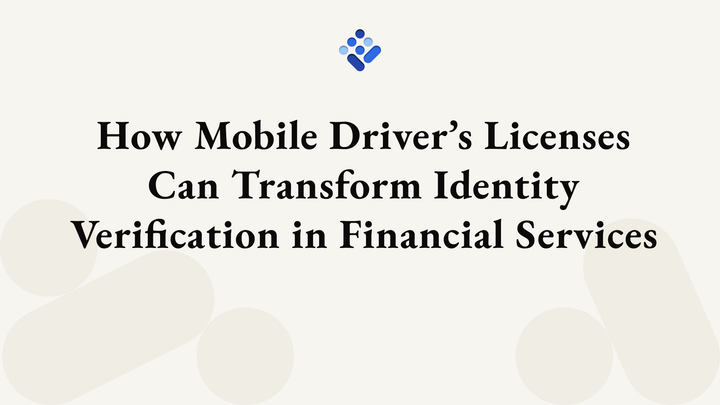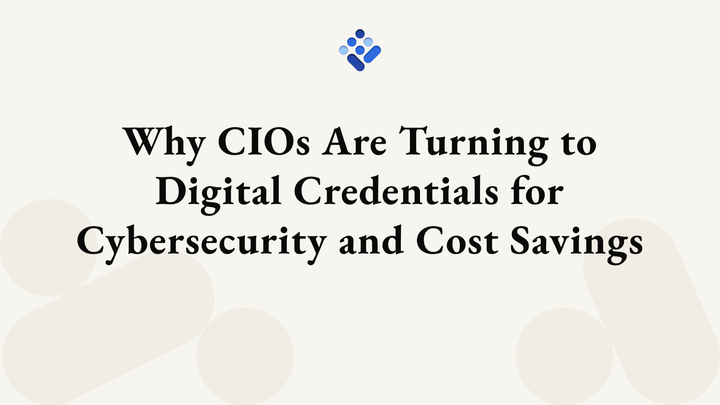How Spruce is Unlocking Identity and Data Across the Web

The big promise of Web3 can be boiled down to a single concept: user-control. After decades of having to trade trust for convenience, people are finally glimpsing a future in which they can take true control over data, identity and decision-making back from big corporations and institutions.
But in order for this technology to drive mass adoption, it needs to be intuitive, easy to use, and feel like a traditional experience for users. That’s why we at Spruce have designed a suite of identity tools that offers all the user-control guarantees of Web3 while ensuring a familiar experience through the use of existing wallets.
We believe that a person needs nothing more than their keys to access disparate services and accounts online, along with any data they generate through those services. Rather than creating a separate account for each service, and signing over ownership of all data generated to that service, users can control their own identifiers and data flows in all contexts.
In other words, what you do in one zone of the Internet, you can take with you wherever else you go -and you retain control throughout your experience.
Our ultimate goal? To enable a future where everyone has access to a secure, private, and highly portable set of credentials and data they can take with them across the digital universe. In this future, these credentials will be inalienably yours, to use when necessary to gain access to a given area or activity. By facilitating user control of identity and data through familiar interfaces, we believe we can help onboard the next billion users to the decentralized Internet. With that goal in mind, let’s dig a little deeper into the Spruce ecosystem.
Manage identity and data across platforms
SpruceID, our open-source toolkit for developers, includes a cross-platform toolkit for decentralized identity, reusable verification workflows to tie public social media accounts to public keys, a tool to link system accounts to keys, and a mobile credential wallet.
The first of these tools is DIDKit, a cross-platform toolkit that provides first-class handling of decentralized identity and data standards across blockchains, including EVM-based chains, Solana, and more. The second tool is Rebase, which allows users to create portable verified profiles by demonstrating control over their accounts they publicly control on other networks and adding some self-attested information to make sense of the linked accounts. Rebase contains workflows for Twitter, GitHub, Discord, DNS ownership, and more.
Lastly, there are Keylink and Credible. Keylink is a tool that links system accounts to keys, which can range from cryptographic keys to API credentials and can be used to gradually bootstrap public key infrastructure (PKI) within existing complex IT systems. Credible, meanwhile, is a reference implementation of a native mobile wallet that supports W3C Verifiable Credentials and Decentralized Identifiers built on DIDKit and Flutter.
On the data side, we have a self-sovereign storage system called Kepler, Kepler is a decentralized storage network organized around data overlays called Orbits. The goals of Kepler are high availability for the underlying data, support for popular storage backends, keypair-based permissioning, and revocable, granular access-control of all your data. In a nutshell, top-to-bottom user-control throughout the entire system, along with confidentiality options.
Bridging Ethereum to Web2
In recognition of our extensive experience with decentralized identity, Spruce was chosen in September to work with the Ethereum Foundation and ENS to develop Sign-In with Ethereum. This is meant to let users access online services by using their Ethereum accounts as an identifier, rather than an account owned by large corporations like Facebook or Google.
Tens of millions of people use cryptographic keys on Ethereum to execute financial transactions and interact with decentralized applications. Our objective with Sign-In with Ethereum is to allow those same users to use their Ethereum accounts as their base identifier when interacting with apps and services beyond the Web3 ecosystem. By building a bridge between the decentralized Internet and Web2, we are working to move closer to a world where all users have true control of their identity and data. That level of user-control is what the promise of Web3 is truly about.
Spruce lets users control their data across the web. Through SpruceID and Kepler, Spruce provides an ecosystem of open source tools for developers that let users collect their data in one place that they control, and show their cards however they want. If you're curious about integrating Spruce's technology into your project, come chat with us in our Discord:





